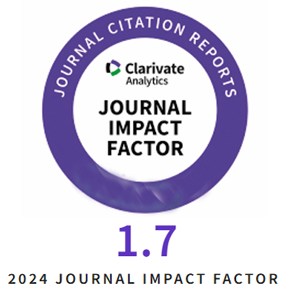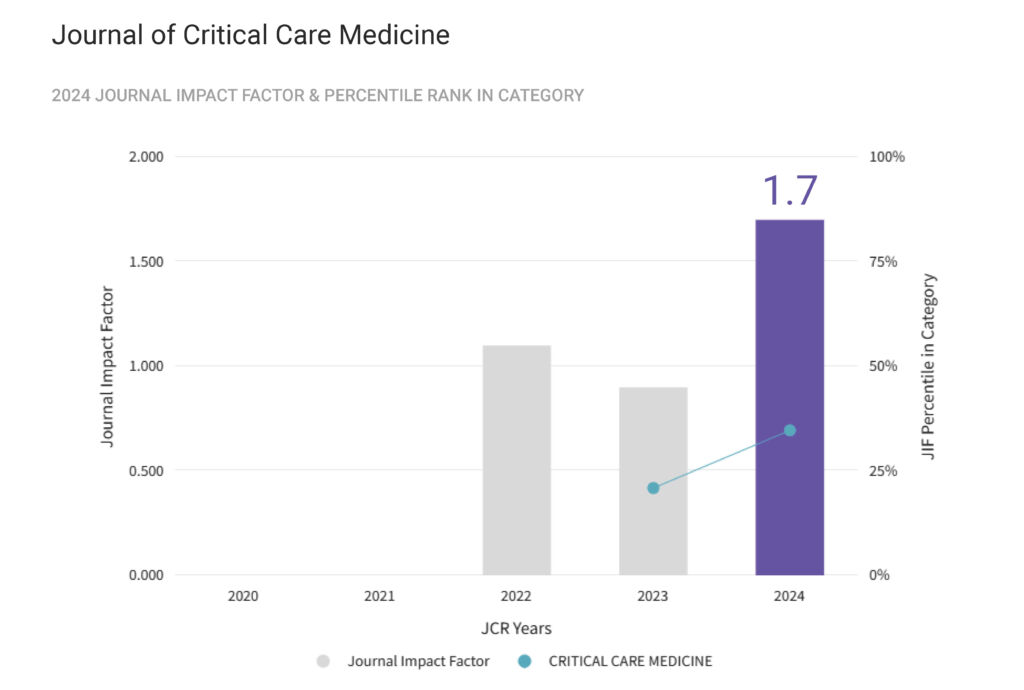Objective: Nurses in closed hospital wards, such as Intensive Care and isolation units, play a pivotal role in identifying potential donors and supporting families during sensitive decision-making moments. However, gaps in knowledge or negative attitudes among nurses can hinder donation efforts. This study aims to explore the knowledge and attitudes of closed-ward nurses regarding organ donation and transplantation, providing insights to enhance education, advocacy, and clinical practices in these critical settings.
Methods: Modern analysis was performed on the data collected from questionnaires distributed to nurses of … General Hospital. The study involved 108 nurses. The questionnaire used to collect the data was provided by the Department of Social Work of the … University and distributed in electronic form to hospital nurses.
Results: After analyzing the nurses’ responses, it emerged that 85.19% of nurses are positive about the idea of organ donation and declare themselves willing to become donors, motivated by their will to really help their fellow human beings. In contrast, 5.56% said they would not be willing to donate. The main cause of their refusal seems to be fear and the prejudices they have, but also the fact that there is no trust in the organizations responsible for transplants. Finally, regarding the knowledge of the nurses who participated in the survey, the average knowledge score on the scale 0-100 is 72.
Conclusions: There is a clear need for specialized training for nurses managing organ donation. The emotional burden and responsibilities they face are significant. Enhanced training supports their well-being and ensures a more compassionate, efficient process for donors and families, ultimately improving the experience for all involved.
Tag Archives: brain death
Methanol Poisoning Leading to Brain Death: A Case Report
Introduction: The COVID-19 pandemic has put increased stress on medical systems, infrastructure, and the public in expected and unexpected ways. This case report summarises an unexpected case of methanol poisoning from hand sanitiser ingestion due to changes in industry regulations, increased demand for cleaning products and severe psychosocial stressors brought on by the pandemic. Severe methanol toxicity results in profound metabolic disturbances, damage to the retina and optic nerves, and potentially death.
Case Presentation: The patient was a 26-year-old male with alcohol use disorder who presented with one day of nausea, vomiting, and abdominal pain after consuming hand sanitiser. Within a few hours, the patient had suffered multiple seizures, cardiac arrests and required admission to the ICU for emergent management of methanol poisoning. EEG and brain perfusion imaging were performed to confirm brain death, given concerns about the cranial nerve exam after methanol poisoning.
Conclusions: While rare, methanol toxicity remains a potentially fatal poisoning in the United States and worldwide. When healthcare and public resources are strained, healthcare professionals must consider particularly abnormal presentations. In patients suspected of brain death from methanol toxicity, cranial nerve examination may be unreliable. Therefore, additional testing is necessary to confirm brain death.
The Management of a Thirteen Weeks Pregnant Woman Rendered Brain-Dead Following a Ruptured Aneurysm
Introduction: The current lack of clear guidelines on how to manage cases of brain-dead pregnant patients makes this topic controversial and extremely difficult to deal with for both medical and ethical reasons. This report deals with such a situation.
Case presentation: A twenty-seven years old woman, thirteen weeks pregnant, with a ruptured brain aneurysm was admitted to an Intensive Care Unit. She presented with loss of all brain functions, but somatic support was sustained to enable the delivery of her baby.
Conclusion: The case report gives a detailed account of the management of the mother before the successful delivery of her baby. It indicates the need for ongoing contributions to the debate on this delicate subject area to establish guidelines on how to manage brain-dead pregnant patients.
Brain Death in Children: Incidence, Donation Rates, and the Occurrence of Central Diabetes Insipidus
Introduction: Brain death is currently defined as the loss of full brain function including the brainstem. The diagnosis and its subsequent management in the pediatric population are still controversial. The aim of this study was to define the demographic characteristics, clinical features and outcomes of patients with brain death and determine the incidence of brain death, donation rates and occurrence of central diabetes insipidus accompanying brain death in children.
Methods: This retrospective study was conducted at a twelve-bed tertiary-care combined medical and surgical pediatric intensive care unit of the Ondokuz Mayıs University Medical School, Samsun, Turkey. In 37 of 341 deaths (10.8%), a diagnosis of brain death was identified. The primary insult causing brain death was post-cardiorespiratory arrest in 8 (21.6%), head trauma in 8 (21.6%), and drowning in 4 (18.9%). In all patients, transcranial Doppler ultrasound was utilised as an ancillary test and test was repeated until it was consistent with brain death.
Results: In 33 (89%) patients, central diabetes insipidus was determined at or near the time brain death was confirmed. The four patients not diagnosed with CDI had acute renal failure, and renal replacement treatment was carried out. The consent rate for organ donation was 18.9%, and 16.7% of potential donors proceeded to actual donation
Conclusion: In the current study the consent rate for organ donation is relatively low compared to the rest of the world. The prevalence of central diabetes insipidus in this pedaitric brain death population is higher than reports in the literature, and acute renal failure accounted for the lack of central diabetes insipidus in four patients with brain death. Further studies are needed to explain normouria in brain-dead patients.
Use of Transcranial Doppler in Intensive Care Unit
Use of transcranial Doppler has undergone much development since its introduction in 1982, making the technique suitable for general use in intensive care units. The main application in intensive care units is to assess intracranial pressure, confirm the lack of cerebral circulation in brain death, detect vasospasm in subarachnoid haemorrhage, and monitor the blood flow parameters during thrombolysis and carotid endarterectomy, as well as measuring stenosis of the main intracranial arteries in sickle cell disease in children.
This review summarises the use of transcranial Doppler in intensive care units.










